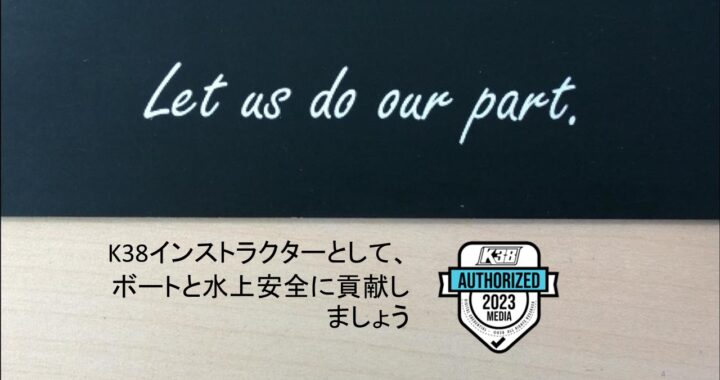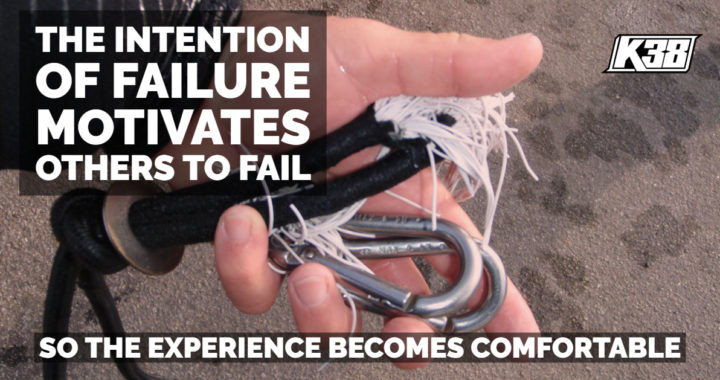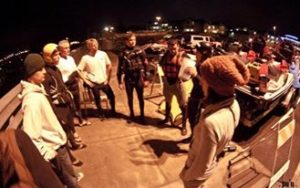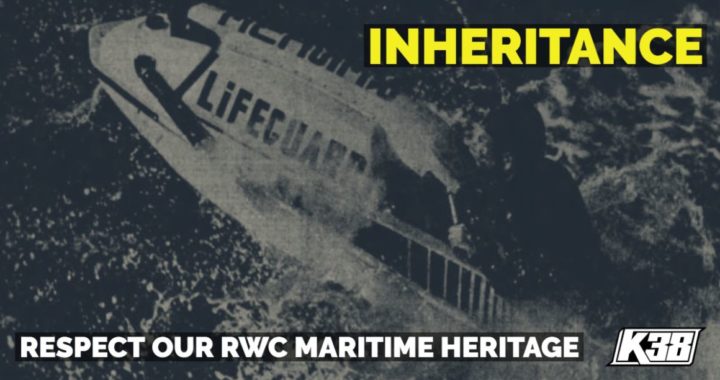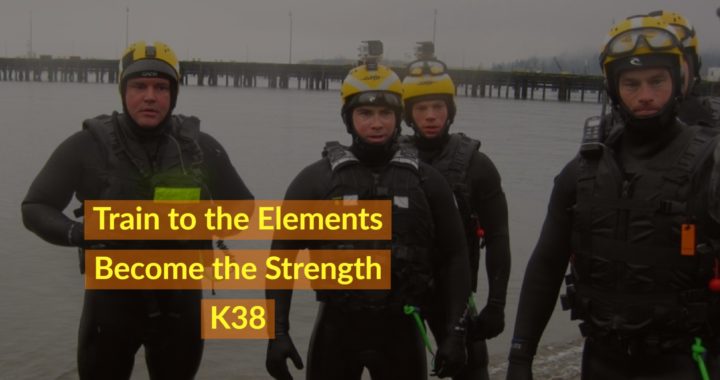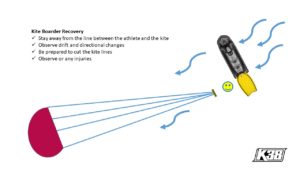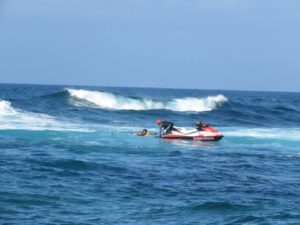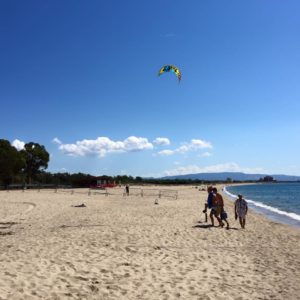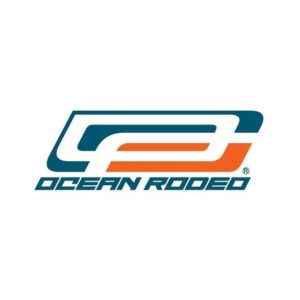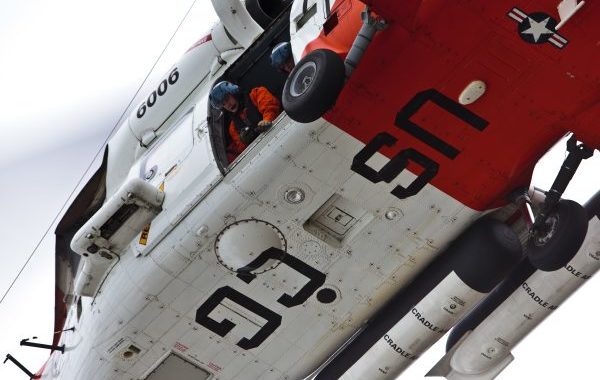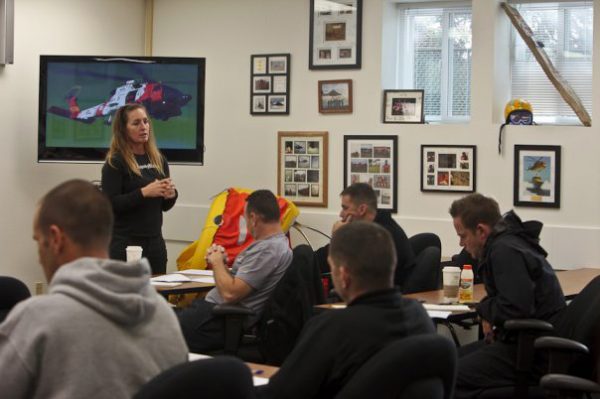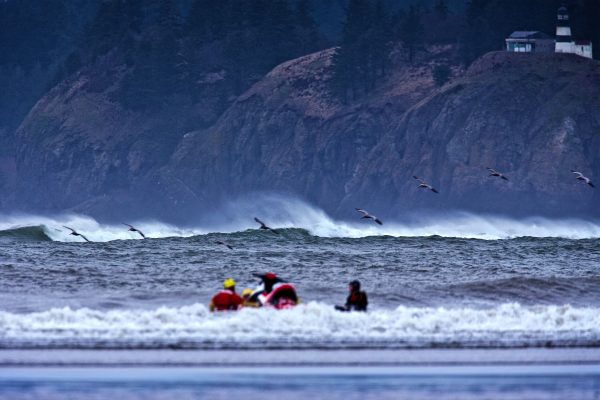Fire Department Marine Unit Training
K38JAPAN ANNUAL INSTRUCTOR MEETING
The annual K38 instructor meeting will be held in Hokkaido in October, 2023. This is an invitational conference that is held each year to increase program efficiency and client outreach.
K38 Japanese Instructors will be gathering in the northernmost prefecture of Japan. Our annual conference is a vital to our continued K38 leadership, community and teamwork.
Japanese instructors will be discussing the new K38 standards that will be implemented in 2024, training methods, equipment updates and the recertification process for current k38 certificate holders.
K38 Japan introduced Rescue Water Craft training into the country with support from Mari back in 2010. They are legacy partners along with JPBOT for raising the standard of operation and personnel safety and care most about service to their respective communities.
K38 Japan has enjoyed an incredible instructor cadre over the years, comprised of Japan’s greatest RWC boating talent.
Host agency; Hokkaido Water Safety Association.
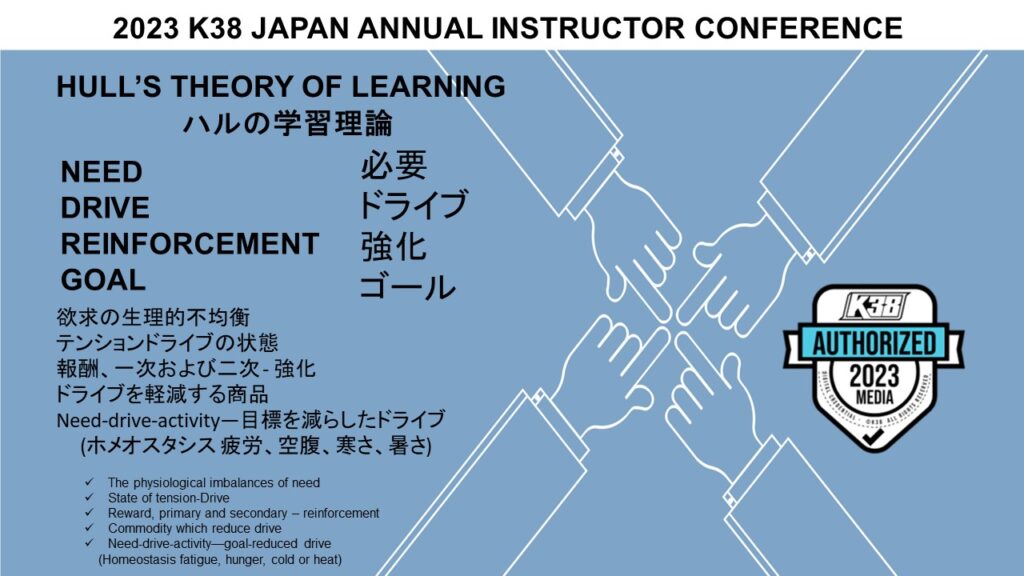
For more information
名前:岸 浩明(Hiroaki Kishi)
電話:011-788-6251
住所:日本、北海道札幌市東区北25条東21丁目4−22
Eメール:k38kishi@gmail.com
Name: Hiroaki Kishi
Phone: 011-788-6251
Address: 4-22, Kita 25-jo Higashi 21-chome, Higashi-ku, Sapporo, Hokkaido, Japan
E-mail: k38kishi@gmail.com
_________________________________
Posted: March 8, 2023
Come train with K38 and discover what your community is doing to modernize standards, safety and reduce liability!
Copyright © 2023 K38 All rights reserved.
All materials on the Companies websites are the property of K38 and may not be copied, reproduced, sold, or distributed without the express permission of the copyright holder. Liberal use of K38 fact sheets and news releases is allowable with attribution.
To Cite the K38 Website for Reference: Please use the following:
"Reproduced from K38's website, © K38 (year), title and date of the post"
K38 does not grant permission for its content to be displayed on other Web sites, training manuals, unsolicited programs, media, training materials or standards development without expressed written permission.
Caution: Visit page (site) terms and conditions. Please take a qualified Rescue Water Craft training course and maintain proper records and respect all the PWC, RWC, PPE, and OEM manufacturer warning labels and cautions and country of origin regulations. The opinions and information in this post is subject to change as industry alerts, methods or notices are administered through laws, rules, cautions, regulations, or industry standards and will not be reflected in the original post date. Use at your own discretion, risk and caution.
K38 Content Creator of Rescue Water Craft and Personal Water Craft boating international education, jobsite safety and standards: Shawn is the world’s foremost authority and leading subject matter expert. She cares most about her community and the culture surrounding the safety of event service providers, Public Safety Agencies, Military and Rescue Water Craft operators. Dedicated towards protecting their reputation, distributing safety information and continuing to train these amazing individuals to the highest standards of care and competency
